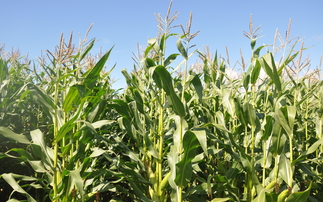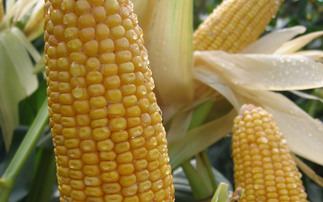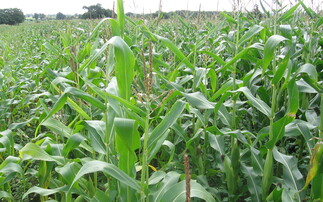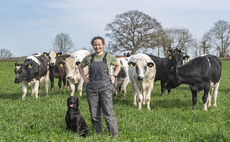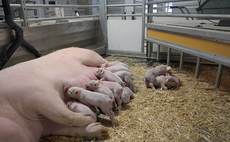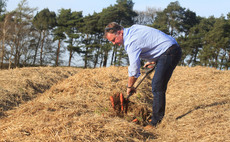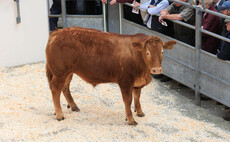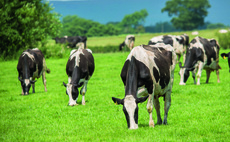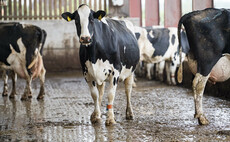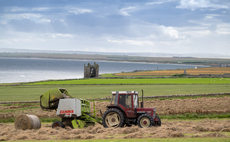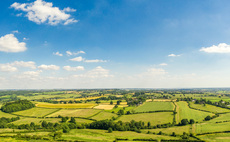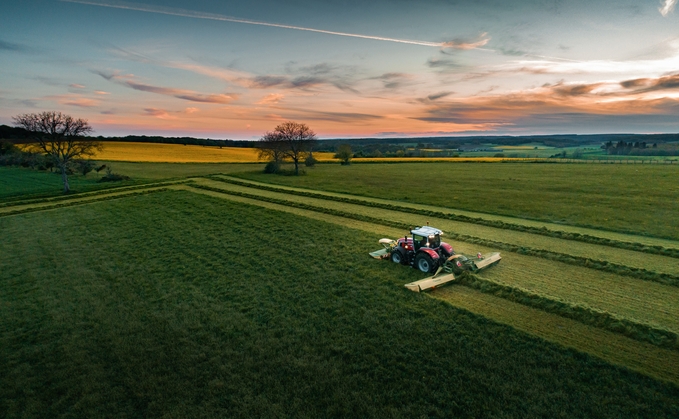
According to Peter Smith, silage expert with Volac, farmers should ‘forget any fixed dates' they may have traditionally worked to and should instead be guided by the weather and the grass growth stage.
He says: "If the weather is good a week before the target cutting date, it is probably better to take the crop before the weather changes. "Some farmers delay cutting because of concerns about high nitrogen levels in the grass which can buffer the fermentation process.
"In my experience, high nitrogen levels are rarely a problem in first cuts, so I would advise having grass analysed rather than making assumptions. "Cutting in good weather will result in better quality silage, because there will be a rapid wilt. This will ensure the maximum amount of nutrients are retained in the grass and soil contamination is minimised.
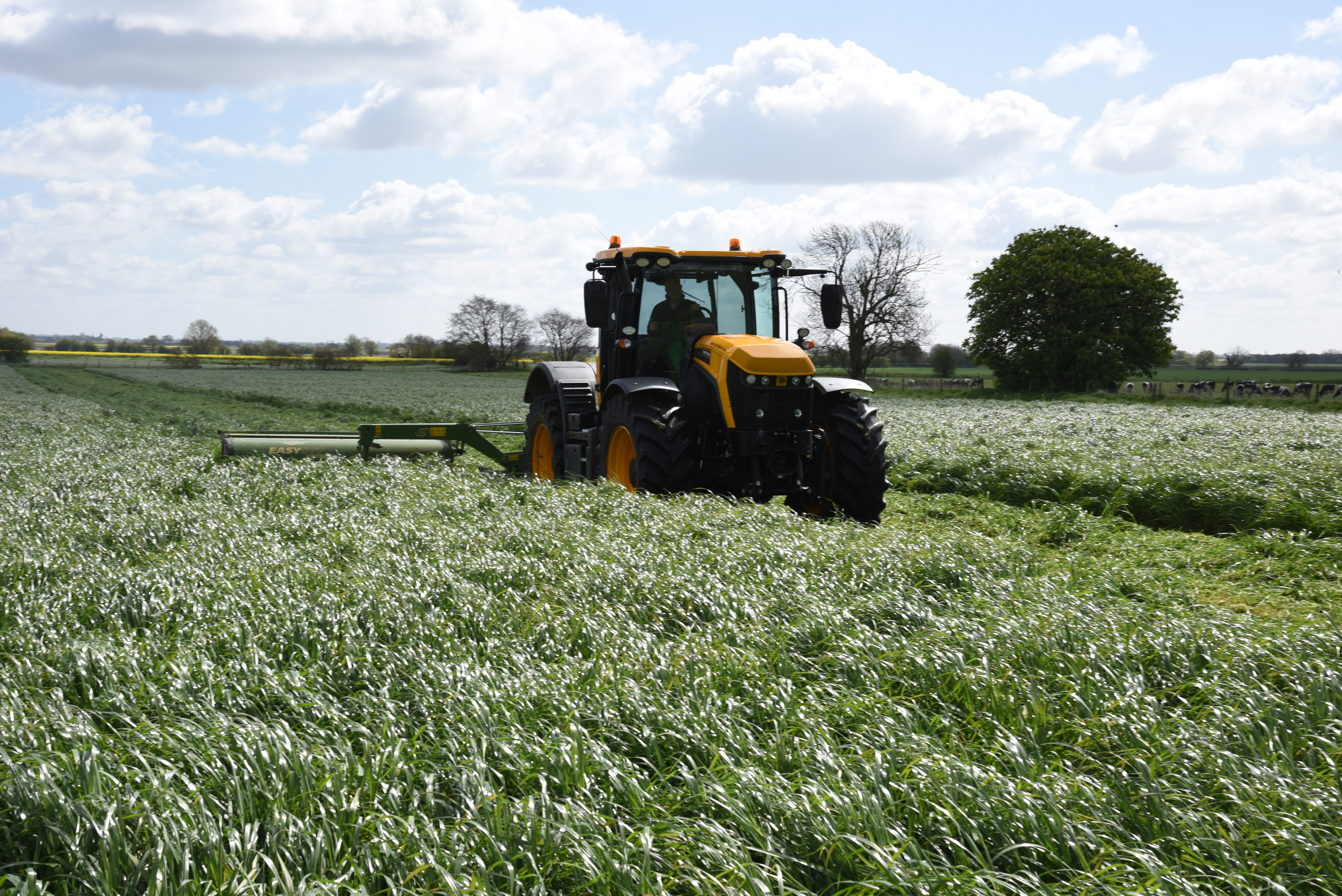
Wilting trials
"Our wilting trials demonstrate that mowing at 10am and spreading the crop within an hour allows it to be harvested within 24 hours. "Wetter crops need more acid to be produced for the fermentation process, so there is a higher risk of undesirable bacteria, creating a more unpalatable silage.
"Ideally, we would advise mowing 10 weeks after slurry is applied to grass, but this is rarely possible.
"This year, slurry applications are likely to be late due to wet weather, so opting for the best weather window to make silage at the target dry matter of 28-32% will reduce the potential risks of late spreading risk from late spreading. "Contamination of the fermentation process in silage is almost inevitable, but a fast wilt and use of an appropriate additive will minimise risk.
"Research has shown sugar losses in untreated silage are at 8-10%, whereas where Ecosyl 100 is used, losses are halved. "Each dose of additive applies one million beneficial and highly effective MTD1 bacteria to the silage, outcompeting inefficient bacteria which otherwise convert sugar and proteins into undesirable and often unpalatable acids and other bi-products."
John Spence, forage crops product manager with Limagrain UK, agrees that timing is key to making the best silage and urges farmers to be aware of the likely heading date of their grass leys.
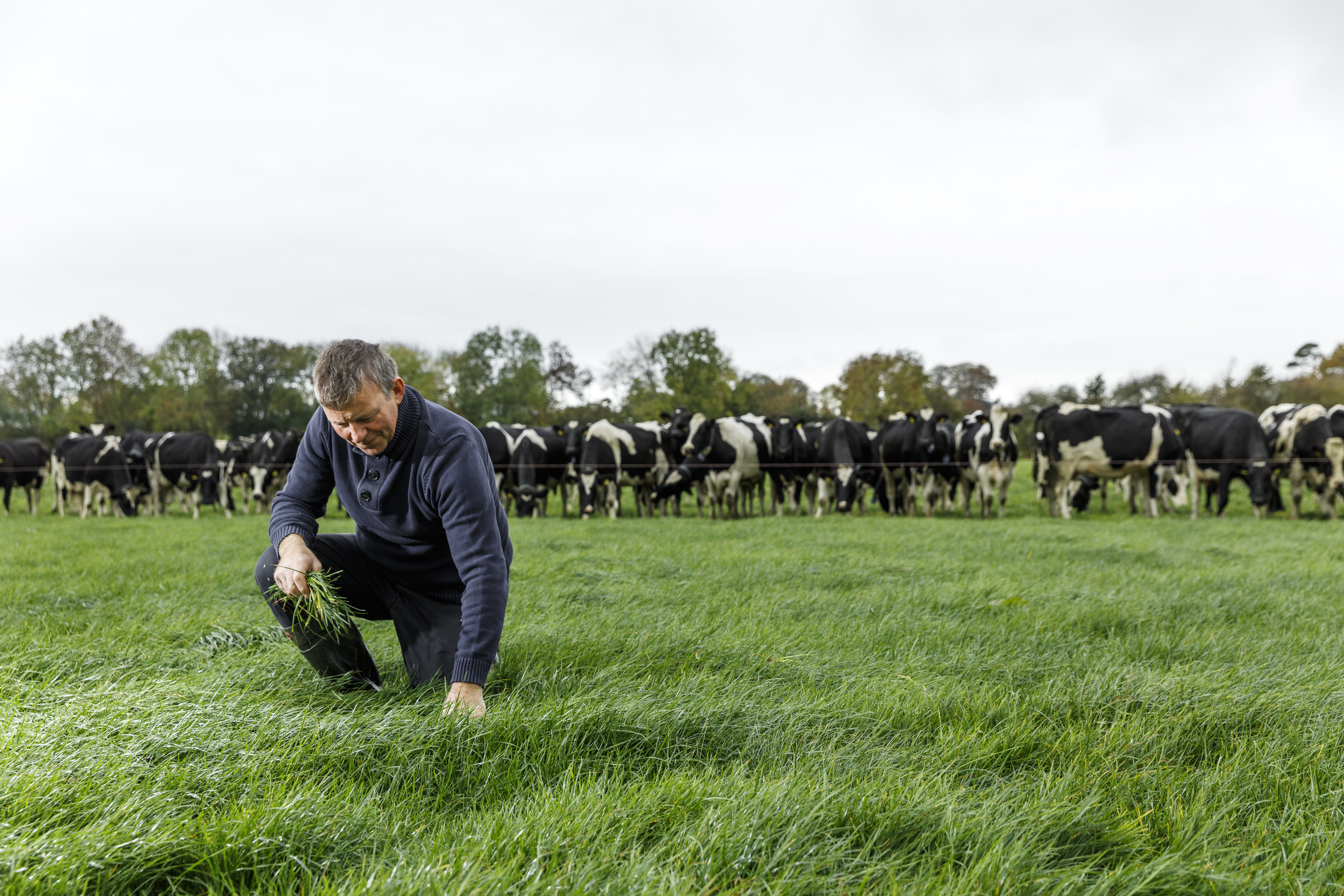
Grass mixture
He says: "Knowing the type of grass mixture you have in each field will help forecast heading dates if exact varieties are not known. Shorter term leys with high proportions of Italian ryegrass and hybrid perennial ryegrasses will head earlier than longer term mixtures.
"If grasses head, digestible cell content will decrease and cell wall content will increase, leading to less palatable, poorer quality silage. "D-value typically reduces by about 0.25 units per day after the beginning of May. "Choosing the best time to cut is a balance between yield and quality.
"We advise opting for an earlier cut to maximise quality and therefore feed value and milk yield." Mr Spence says while the yield from the first cut can give an indication of the current state of grass leys, until the results of a silage analysis are available, it is not possible to accurately gauge the true performance of swards.
He says: "If analysis results are disappointing, consider a reseed in either late spring or early autumn. "Reseeding with a mixture with a wider spread of heading dates is recommended for farmers in wetter areas, because if weather delays cutting, the later heading varieties will still deliver high-quality silage. "In areas of the country where the weather is more predictable, a mixture with closer heading dates will maximise yield and quality."
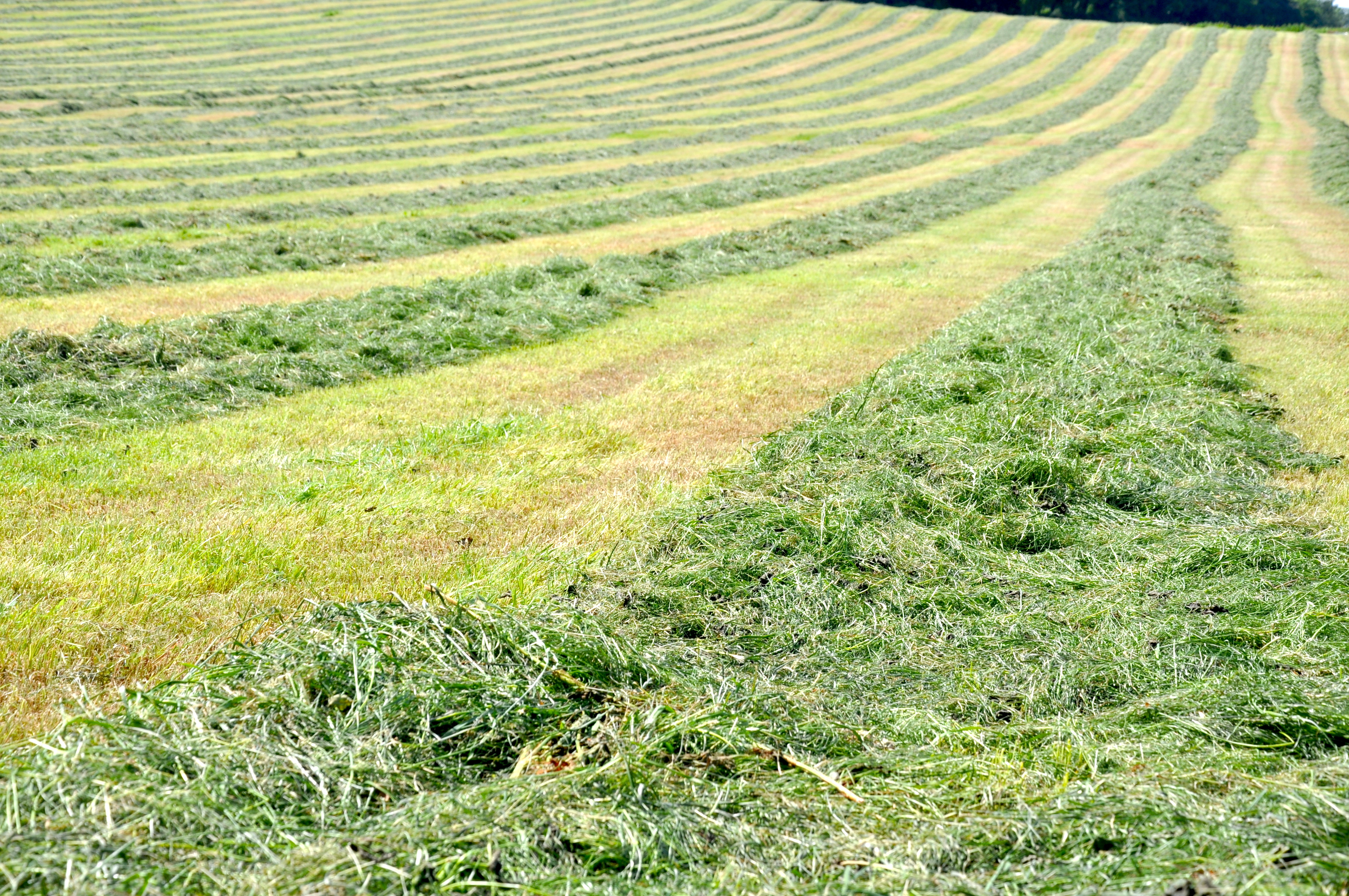
This content is sponsored but LG and Volac
To find out more visit The Campaign for Better Silage Hub






